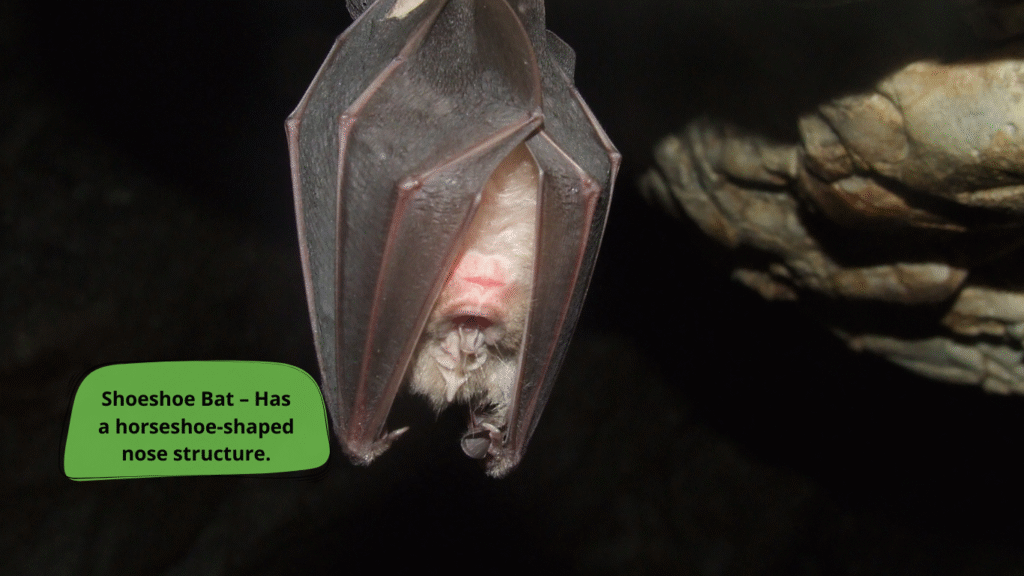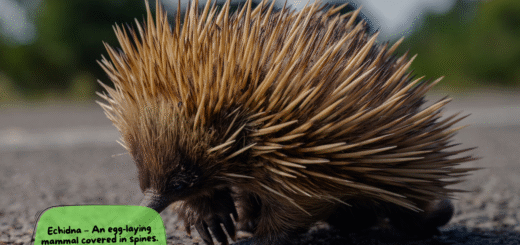Discovering the Horseshoe Bat: Nature’s Echo-Expert
What is a Horseshoe Bat?

The horseshoe bat is a fascinating species of bat belonging to the family Rhinolophidae, named for the horseshoe-shaped flap of skin on its nose. This distinctive noseleaf isn’t just for looks—it’s an advanced echolocation tool, allowing the horseshoe bat to navigate and hunt with stunning accuracy in total darkness.
Found primarily in Europe, Africa, Asia, and Australia, there are over 100 species within the Rhinolophus genus, each adapted to its own ecological niche. These bats are typically small to medium-sized and weigh between 5 to 30 grams.
Unique Features and Echolocation Abilities
What sets the horseshoe bat apart from other bat species is its sophisticated echolocation system. By emitting high-frequency calls through its nose, it creates an acoustic image of its surroundings—essentially “seeing” through sound.
Its noseleaf plays a crucial role in directing and focusing these calls. This makes horseshoe bats especially adept at catching flying insects mid-air, even in dense forests or caves where visibility is nearly zero.
Habitat and Behavior
Horseshoe bats prefer warm, humid climates and are most commonly found in tropical and subtropical forests, caves, abandoned buildings, and old mines. These bats are nocturnal and highly social, often roosting in large colonies during the day.
They are insectivorous, feeding primarily on moths, flies, and beetles. Their role as natural pest controllers makes them an important part of the ecosystem.
Conservation and Ecological Importance
Several species of horseshoe bats are currently listed as vulnerable or endangered due to habitat loss, cave disturbances, and environmental changes. Conservation efforts are underway in many regions to protect bat roosting sites and raise awareness about their ecological value.
Bats, including the horseshoe species, play a vital role in controlling insect populations and maintaining healthy ecosystems. Protecting these bats means protecting biodiversity.
Horseshoe Bats and Public Health
Horseshoe bats have gained attention in recent years due to their potential link to zoonotic viruses, including coronaviruses. While it’s true that bats can host viruses, it’s important to note that they rarely transmit them directly to humans. The real issue lies in habitat disruption and wildlife trade, which increase the likelihood of cross-species transmission.
Rather than fear bats, the scientific community encourages respect and better cohabitation practices to minimize risks and protect natural systems.
Conclusion
The horseshoe bat is a remarkable creature with incredible adaptations that allow it to thrive in some of the world’s most challenging environments. As both a predator and pollinator, it plays a vital role in maintaining ecological balance. Protecting horseshoe bats is not only a win for biodiversity but also for the health of our planet.








